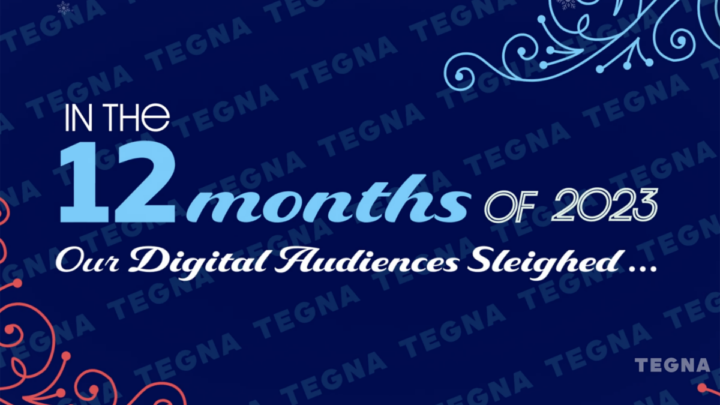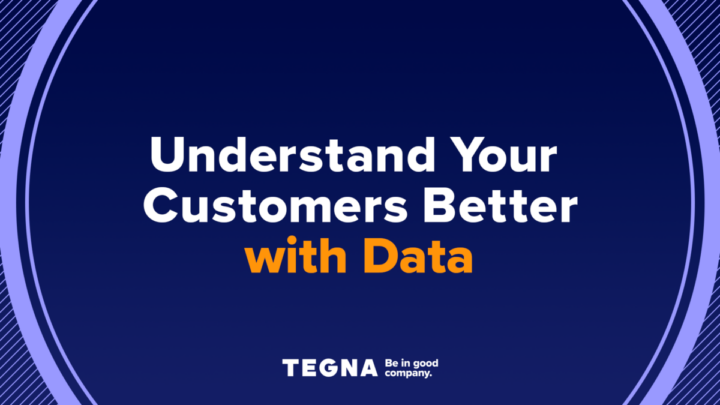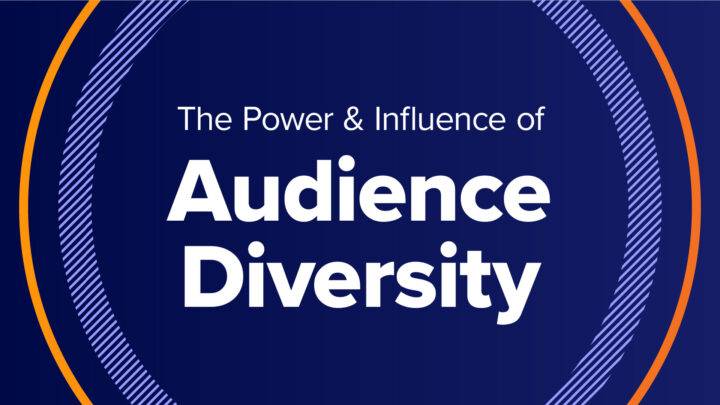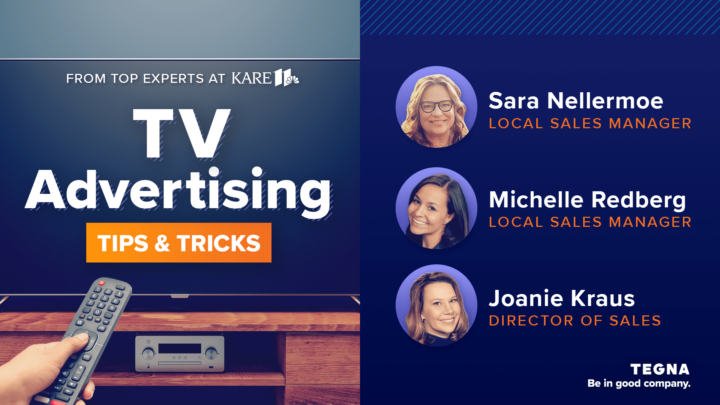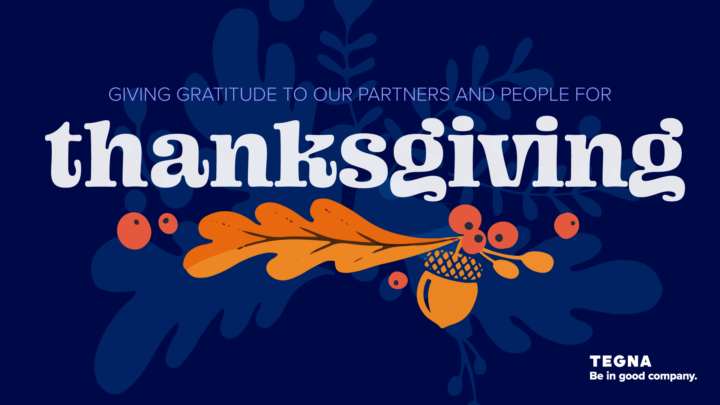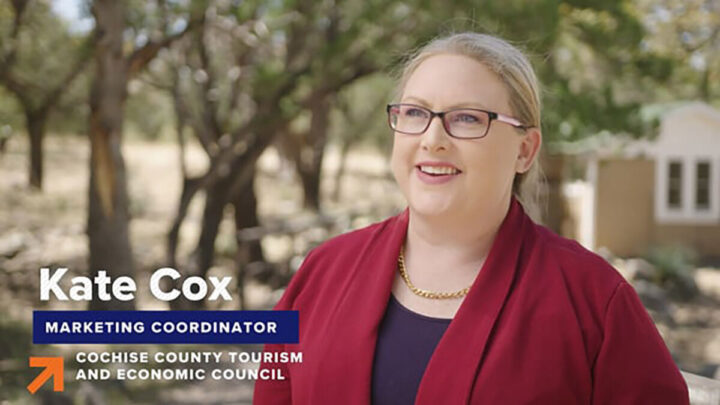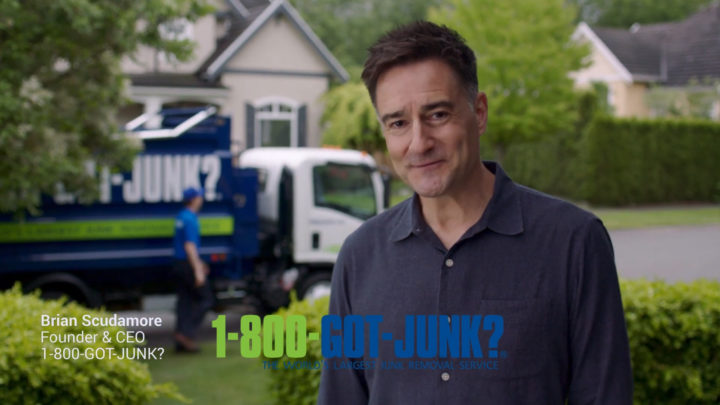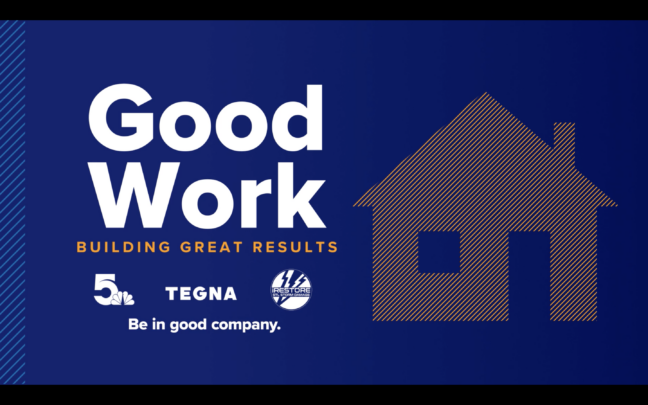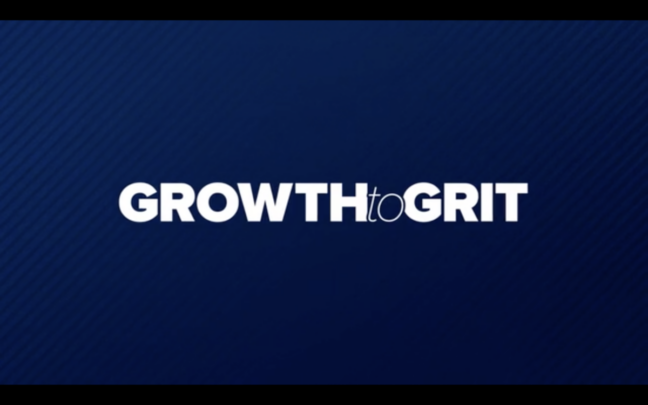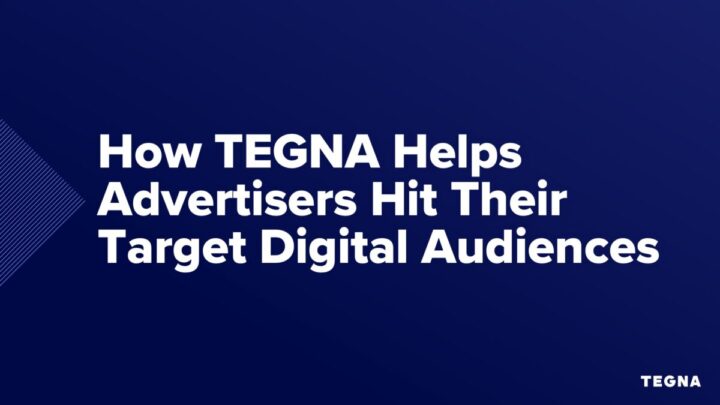How to Calculate Video Marketing ROI
Calculating video marketing ROI can be difficult for companies looking to extend the value of their media dollars. Learn how to understand which campaigns are working and how to improve ROI in this post.
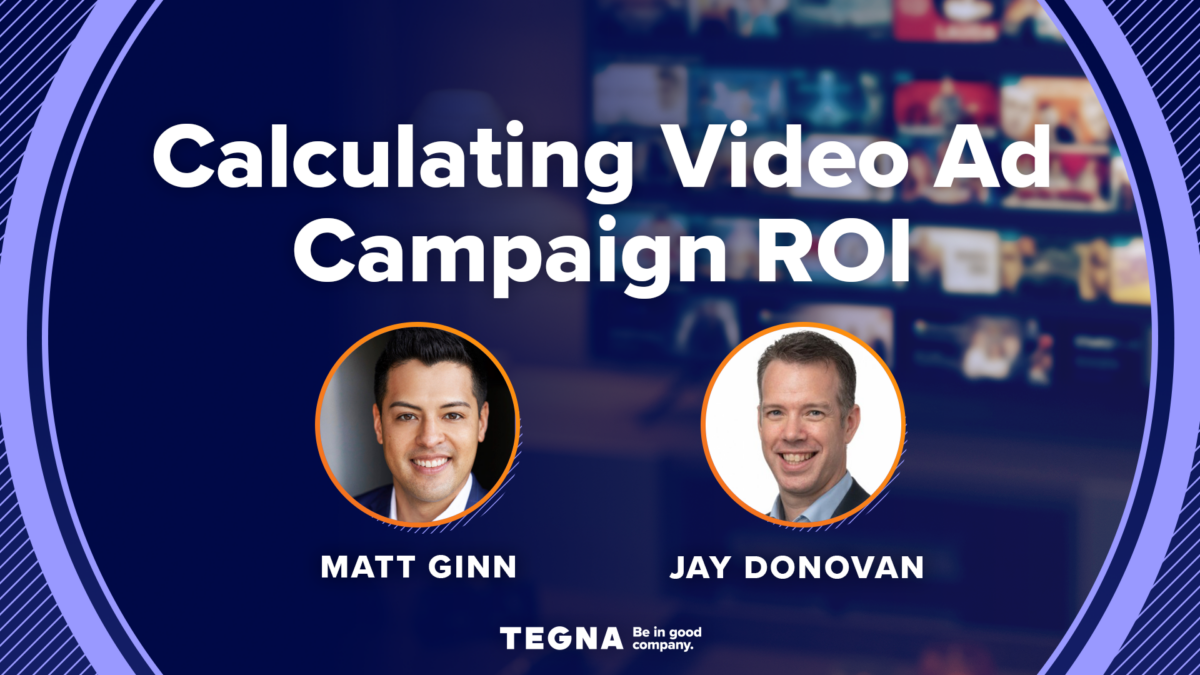
The saying goes, “You’ve got to spend money to make money.” But are you making more than you’re spending? How can you tell?
It’s an age-old problem, and unfortunately, marketing and advertising professionals will always face the challenge of generating and measuring significant return on investment (ROI) due to a campaign. It’s especially tricky when employing a cross-channel strategy using platforms and metrics that provide more intangibles than tangibles, such as with video.
Despite its challenges, measuring a video campaign’s ROI is imperative.
“The desire for video content from consumers is strong,” says Jay Donovan, Director of Digital Sales and Training at TEGNA. “When combined with the strong value businesses place on video campaigns, it makes it extremely important that the investment being made is measurable and proven effective.”
How do you calculate video ROI, and how do you get started? It’s not a one-size-fits-all answer. It’s unique to every industry, business, and goals.
Let’s dig into how brands can calculate the ROI of cross-channel video marketing and advertising campaigns, including TV, streaming, and digital.
What is Video ROI?
In simple terms, ROI is a metric and formula brands use to measure and evaluate the effectiveness of advertising campaigns. Specific to video ad campaigns, video ROI compares the cost of creating and running the ad campaign to the profits it generated.
The investment often includes production (talent fees, location permits, makeup, wardrobe, and other materials such as cameras and lighting), post-production costs (editing, animations, and graphics), buying airtime and media placements, and any additional fees such as consulting or agency costs.
But according to Matt Ginn, TEGNA’s Director of Enterprise Sales, ROI is much more than a dollar amount.
“While delivering ROI is at the core of what we do and why we do it, we believe in serving the greater good of our communities,” says Ginn. “If local businesses thrive, the local economy thrives, creating growth and jobs.
To Ginn’s point, when calculating ROI, data can include Key Performance Indicators (KPIs) outside of dollar amounts, such as brand lift or an increase in affinity, website traffic, phone calls, jobs created, people reached, or happy faces and a better-connected community.
With clearly defined goals and KPIs in place, do not underestimate the importance of your creative,” adds Donovan. “It must align with and drive your KPIs (call to action, brand lift, etc.) and speak to your target customer in a meaningful way.”
Ultimately, how you calculate ROI will be unique to your brand.
“The KPIs you establish will always depend on the brand’s growth goals and objectives. It could be anything and everything from new customer acquisition and foot traffic to attracting a higher-quality audience and increasing total sales,” says Ginn. “We pride ourselves on customizing campaigns and solutions and tailor the creative and solutions to meet a brand’s exact goals, often exceeding expectations.”
Are Video Ads Profitable?
ROI generated from a TV ad campaign can vary depending on several factors. However, TV remains the leading traditional advertising medium in the country, with $68 billion invested in 2021. That significant investment should signal that TV ads continue to be effective and profitable, even with the rise of digital advertising platforms.
“TV can be scary for people who don’t understand how the cost works. It looks expensive, but it’s not,” a TEGNA partner in San Antonio advises. “It’s probably the smartest marketing strategy I’ve ever chosen because it’s by far the least expensive with the biggest turnaround.”
What is the Average ROI on Video Advertising?
As viewing habits change and evolve, Ginn recommends caution when setting expectations for a campaign’s ROI.
“It’s tough to pin down a campaign’s ROI because it’s all dependent on many factors like creative strategy and ad placement,” Ginn explains. “Having a conversation with your media partner in the discovery process is very important and can help set expectations and timelines out of the gate. Once you run a campaign, you can establish a baseline or benchmark and go from there.”
However, an internet search can provide some numbers. For example, LinkedIn and Chief Marketer feel good ROI on TV ads is around 300-500%, while Nielsen says, “Brands that hit the right media investment levels can improve ROI by a median of 50%.”
Because different studies and reports have provided other estimates of average ROI, Ginn’s recommendation of having a detailed conversation with your media partner on what a successful campaign looks like is paramount.
Challenges with Determining ROI of Video Campaigns
Because it is so nuanced and unique to each business and its goals, determining ROI is one of the biggest challenges in any marketing and advertising campaign. Here are a few challenges to remember when establishing campaign KPIs, goals, and determining how to measure the results.
Multi-Channel Attribution Complexity
One of the fundamental challenges in calculating ROI for campaigns lies in untangling the web of multi-channel attribution. Modern consumers engage with brands through various touchpoints, including social media, websites, and search engines. This complexity makes it difficult to attribute a specific conversion or sale solely to a video ad. The challenge intensifies when TV campaigns combine with digital efforts, leaving marketers to decipher which channel influenced the conversion.
Delayed Impact
In some cases, branding and awareness are the main goals of campaigns. That’s because video ads create a long-lasting impact that resonates with consumers over an extended period, further complicating the ROI assessment timeline. This time between airing an ad and observing its effects can make it challenging to pinpoint the exact moment an ad influenced a purchase decision.
- This situation is where a TV attribution tool will be helpful. TEGNA Attribution connects TV, streaming, and digital ad viewership to outcome metrics such as website visits and sales conversions to help paint a clearer picture of ROI.
Emotional and Brand Impact
Video campaigns have a unique power to evoke emotions and build brand identity. However, measuring an ad’s emotional resonance and long-term brand impact in terms of ROI is complex. While these intangible benefits contribute significantly to a brand’s success, they often elude traditional ROI calculations.
The bottom line? As technology advances and measurement techniques improve, marketers must balance harnessing the power of TV advertising and leveraging the insights from digital analytics to gain a holistic view of their campaigns’ effectiveness.
How to Calculate Video ROI
Generally speaking, step one in calculating ROI is determining how much your campaign costs. Cost can, but doesn’t always, include scriptwriting, filming, editing, post-production, and media placement.
You’ll then want to determine the timeframe to measure results. If the campaign ran for 90 days, do you want to measure an increase in sales in those 90 days? Sometimes, campaigns can take more than 90 days to bring results, and this will all need to be thought about strategically.
With profits over a specific timeframe determined, ROI can then, generally speaking, be determined by the following formulas:
Step 1: (sales increase) – (ad spend) = (gross sales margin)
Step 2: (gross sales margin) / (investment/ad spend) = ROI
Improving the ROI of your Television Ads
Improving the return on investment (ROI) of television ads is something Ginn is exceptionally passionate about. Here are a few of his best practice tips to maximize campaign results.
Know (REALLY KNOW) the Target and GROWTH Audience
Knowing your target audience is crucial for improving a marketing campaign’s ROI. When you clearly understand your target audience, you can tailor your campaign strategy to resonate with them more effectively. Research, data analysis, and ongoing refinement based on audience feedback are essential components of a successful marketing campaign.
“Having a strong knowledge of demographics and psychographics of your audience really is the key to the success of any campaign,” says Ginn. “There are so many variables to consider, and you have to ask yourself, ‘Where is the highest growth opportunity?’ For example, a car dealership may target adults aged 25 to 54, but the ideal growth audience is males aged 35-44. Knowing these audience insights and shifting the creative strategy can help bring in that ROI.”
Have an Extremely STRONG Call to Action
A strong CTA leaves no room for ambiguity. It tells the audience precisely what you want them to do next, whether visiting a website, calling a phone number, making a purchase, or signing up for a service. With a clear direction, viewers can engage with your brand.
“In today’s market conditions, a CTA has to be almost like a bribe,” explains Ginn. “You must have a strong CTA and an offer that almost seems too good to be true.”
Use Creative to Generate Emotional Connections
“The creative strategy has to be spot on, and there are many ways to formulate it,” says Ginn. “You want the message to be simple, focused and direct, genuine and authentic while having the target and growth audience in mind. On top of trying to make an emotional connection with the audience, it’s important to be consistent with your brand’s core values, mission, and tone across channels. Also, highlight the clear differentiation between your brand and your competitors.”
Be Updated and Relevant
Monitoring industry and cultural trends is necessary if you want your creative to stand out. Using a tool like TEGNA Attribution and Google Analytics, you have data that can inform your campaign. In other words, the data can tell you which creative resonates with audiences.
“We leverage the insights and the creative strategy from numerous campaigns based on a particular industry, based on historical data on the results it drives to deliver the best creative results,” says Ginn.
Leverage the Power of Video
Whether you’re a seasoned marketer or a newcomer aiming to make a bold entrance into the marketplace, Ginn advises leveraging the power of video to make the most significant impact possible.
“Elevate your brand with the compelling force of visual storytelling. It will help your brand captivate, convert, and conquer whether you advertise on linear, streaming, or digital channels. It’s power is undeniable.”
Let TEGNA Help Decode Calculating Advertising ROI
Don’t let your video advertising remain a mystery — let’s unravel its impact together.
“First, we understand our client’s goals,” says Donovan. “Then we develop a current baseline of their business performance. Next, we establish and align with the client how we are going to track and measure video performance. We look at their investment and the increase against the goal to determine the ROI. We do all this by using specific types of attribution depending on the client’s type of business and goal.”
Our experts at TEGNA specialize in maximizing advertising ROI across television, streaming, and digital platforms. With a proven track record of delivering results for businesses of all sizes, we’re committed to unlocking the full potential of your advertising efforts. Contact us now to see how TEGNA can supercharge your ROI and elevate your brand to unprecedented success.






